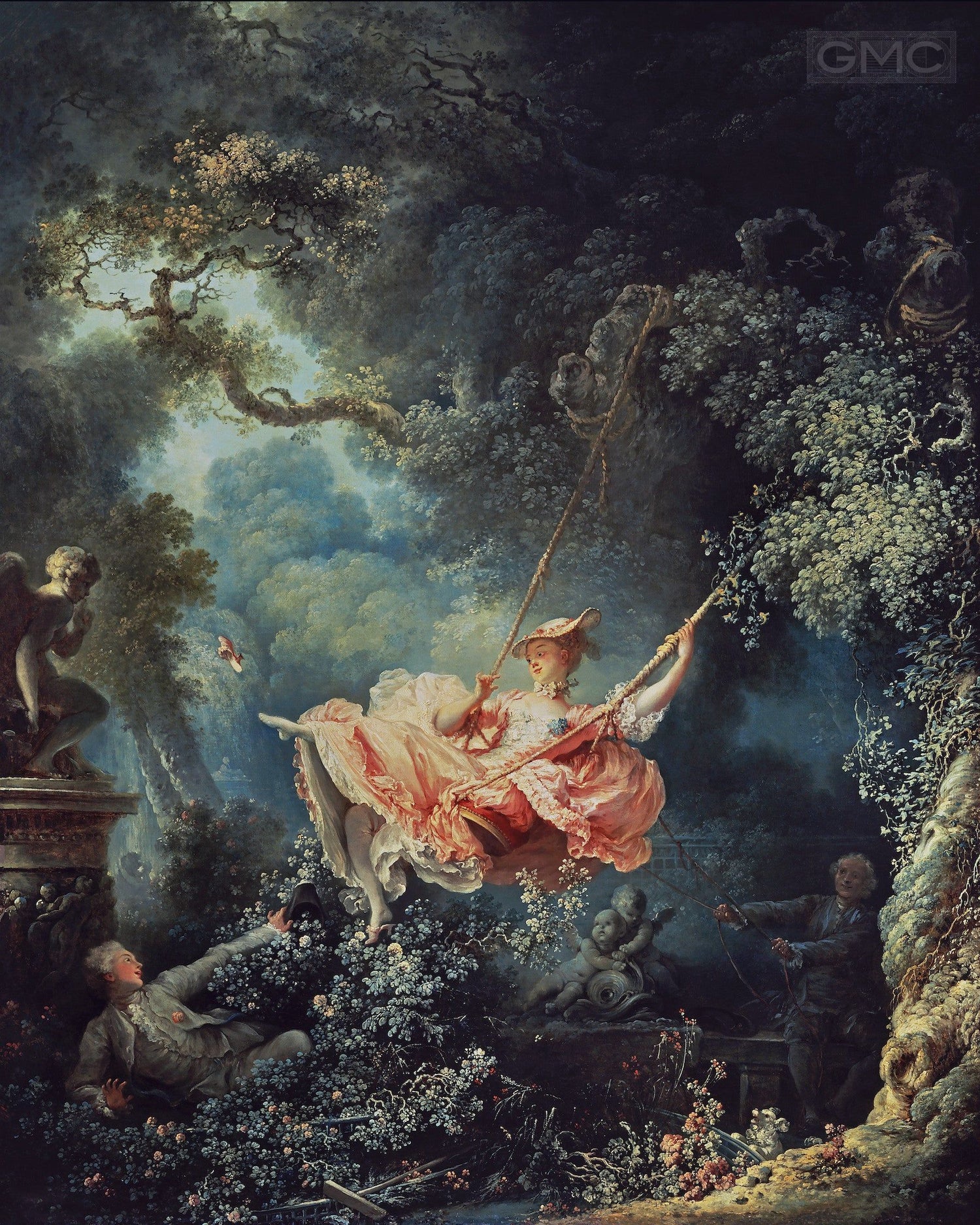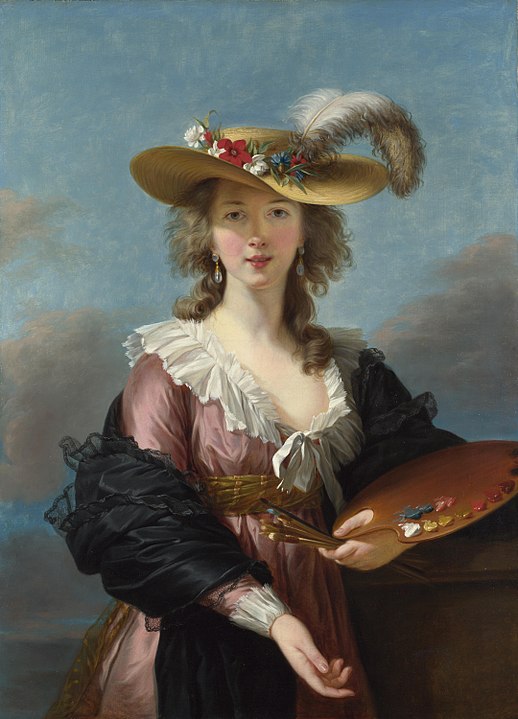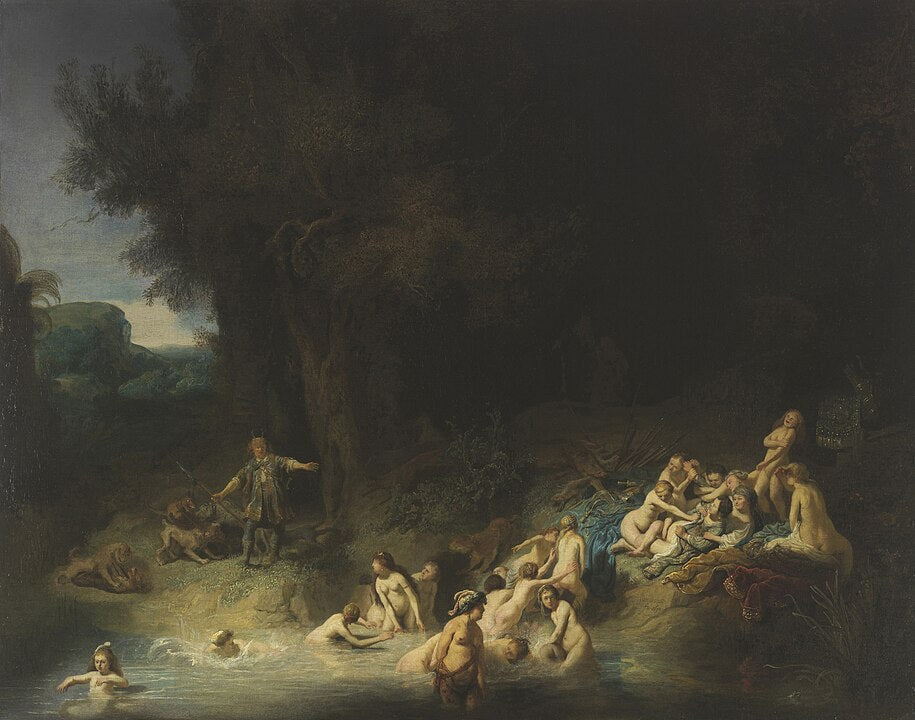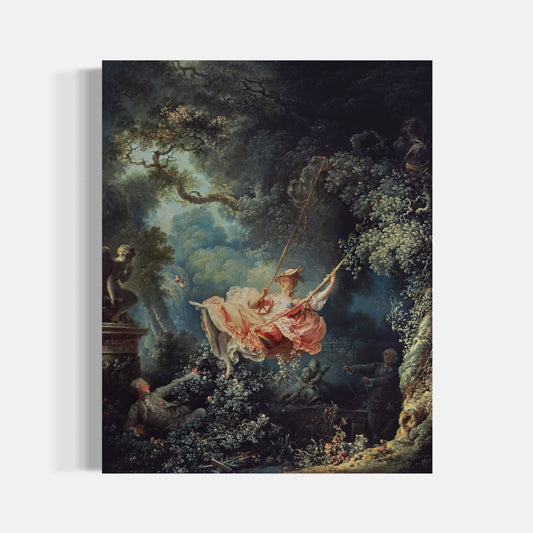
Rococo
Era: XVIIIth century
Rococo, which flourished at the beginning of the 18th century, was an artistic movement which was a reaction against the grandeur and solemnity of Baroque. It is characterized by a light, elegant and ornamental aesthetic, often associated with the aristocracy and the French royal court. Rococo favors themes of love, nature, and mythology, often treated with a touch of frivolity and sensuality.
Rococo painters, such as Jean-Antoine Watteau, François Boucher and Jean-Honoré Fragonard, used pastel color palettes, curved lines and asymmetrical compositions to create works that evoke softness and delicacy. Gallant scenes, country parties and opulent interiors are recurring subjects. Watteau, for example, is famous for his “parties galantes”, idyllic scenes of the aristocracy in the open air.
Rococo is also distinguished by a particular attention to decorative details and a technical mastery which gives the works an almost ethereal quality. Paintings from this period are often saturated with soft light and rich textures, creating an intimate, dreamy atmosphere.
In summary, the Rococo artistic movement in painting is a celebration of elegance, lightness and pleasure, reflecting the hedonistic tastes and aspirations of the 18th century aristocracy.
Remarkable Artwork

The Swing
Jean-Honoré Fragonard
Year of creation: 1767-1769
Estimated Market Value: 212 M$
Original Format: 81 cm x 64 cm

Self-Portrait in a Straw Hat
Élisabeth Vigée Le Brun
Year of creation: 1782
Estimated Market Value: 177 M$
Original Format: 97.8 cm × 70.5 cm



